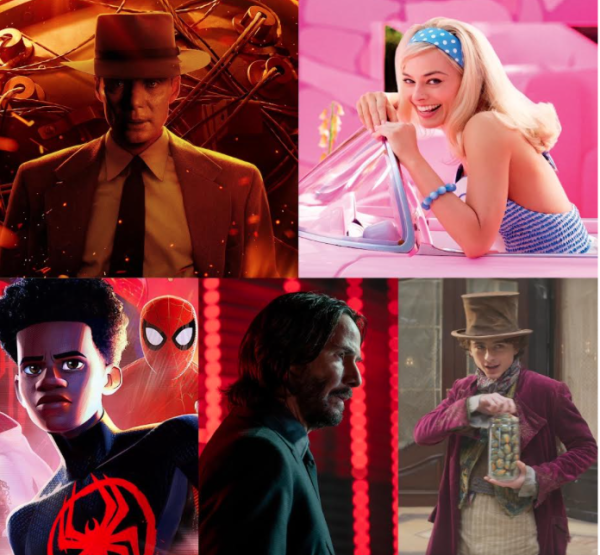Promoting more walkable communities
Oct 16, 2022
When asked how students and faculty typically get around UNI’s campus, the answer is fairly simple: we walk. UNI was built for pedestrian traffic over vehicle traffic. But, if someone were to ask any student or faculty member how they navigate their hometown, they would most likely respond by saying, “I drive.” There’s a stark contrast in the walkability of college campuses and your typical suburban hometown, which is the simple fact that college campuses were built for students with a walkable community in mind. Studies done on these walkable communities have shown that being able to walk to get anywhere improves the environment, and the mental health of the people who live in these communities.
So, why aren’t we actively striving to implement them in our cities and communities?
Up until around the 1950s, most living communities in America were walkable. In fact, they had to be. Wide access to cars wasn’t available at the time, and everyone mostly lived in a centralized location not far from places like the grocery store and work.
That was until the urban sprawl of the 1950s – it essentially built what we know as suburbia today. Wide swaths of land were made into housing developments for the average corporate employee to be able to own his own house, land and car. But, since these suburbs were so far removed from the typical centralized location, cars became a necessity, and pedestrians became and afterthought of the developers. Since these suburbs became a housing convenience to the typical worker, the urban sprawl, and its preference towards cars, continued across the country.
This phenomenon leads us to where we are today, living in communities built for cars, not the people that live in the communities.
UNI is a perfect example of a walkable community. With the main buildings, dining centers and housing buildings in central locations, little is left on UNI’s campus that is “too far” to walk. While the university does have roads, there’s only a handful that cut into the campus itself, mainly for parking reasons. Everything else is sidewalks or large grass patches for students to use recreationally.
For a majority of the streets students do have to cross, UNI utilizes underground tunnels and overstreet bridges to protect the safety of students living in UNI’s community. On campus, students and pedestrians are put first. The value that this brings to campus is tremendous. Students are able to connect easily, navigate campus safely and don’t necessarily require a vehicle to get to class if living on campus. The benefits of having a walkable campus are felt on campuses other than UNI as well. But, what are some of the benefits beyond ease of navigation and safety?
According to a study done by Jenny Roe, the benefits of implementing walkable communities can extend as far as benefitting mental health. “The benefits of walking in older age include improved cognitive health (e.g., mental alertness, improved memory functioning) and a reduced risk of stress, depression and dementia. However, research capturing the benefits of walking among older people in real-time as they navigate their world is currently very limited.”
Walking is one of the stereotypical easiest ways to exercise, and having access within the community someone lives in can be very important. Roe’s study found that many components of mental health benefited from her subject’s living in a community that was walkable. Subjective well being, psychological stress outcomes, sympathetic and parasympathetic nervous systems, cognitive health and spatial memory all improved due to heightened walking. In another study done by Joshua Ceñido, walkable communities also largely benefit the environment, which in turn benefits the people that live in said communities. “Lively and sociable environments that are clean, pleasant and promote social interaction among individuals from different walks of life. This is often abetted by storefronts and mixed-use developments; environmentally sustainable public transportation that is accessible to individuals who are unable to use cars due to income, age or disability; exercise-inducing environments with shade, access to drinking fountains, places to sit, protections from vehicular traffic and extensive street connectivity.”
Walkable communities build a stronger, healthier and more livable community. Urban planning needs to shift to accommodate pedestrians over cars again, and we will see our communities flourish. Environments will improve, the health of people inhabiting these communities will thrive and we’ll create a place that actually feels like a home.
















